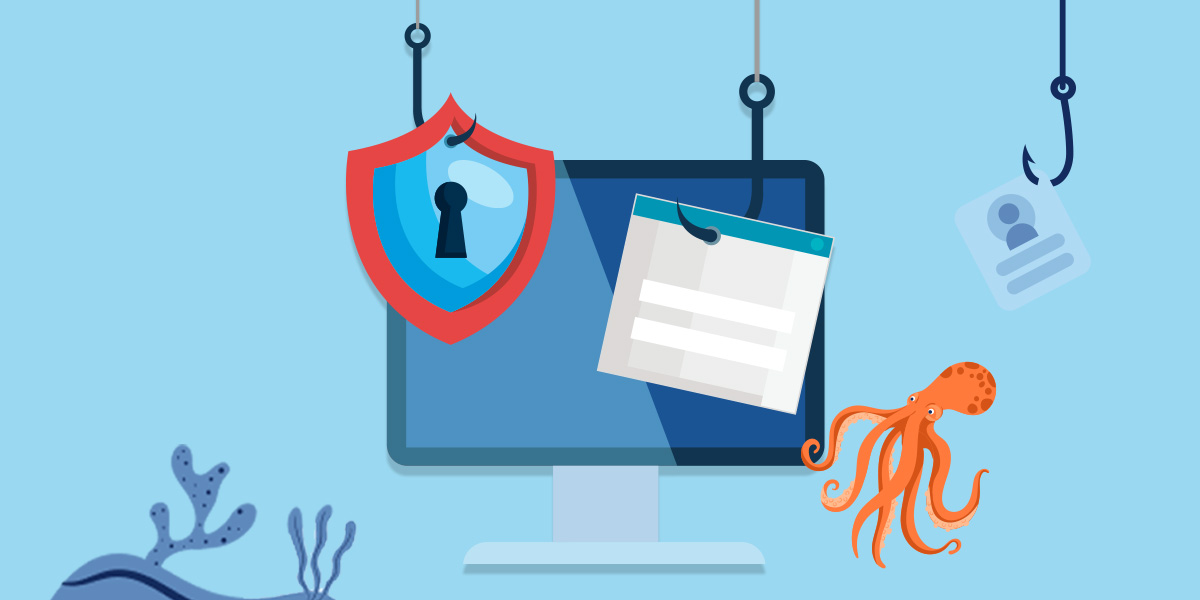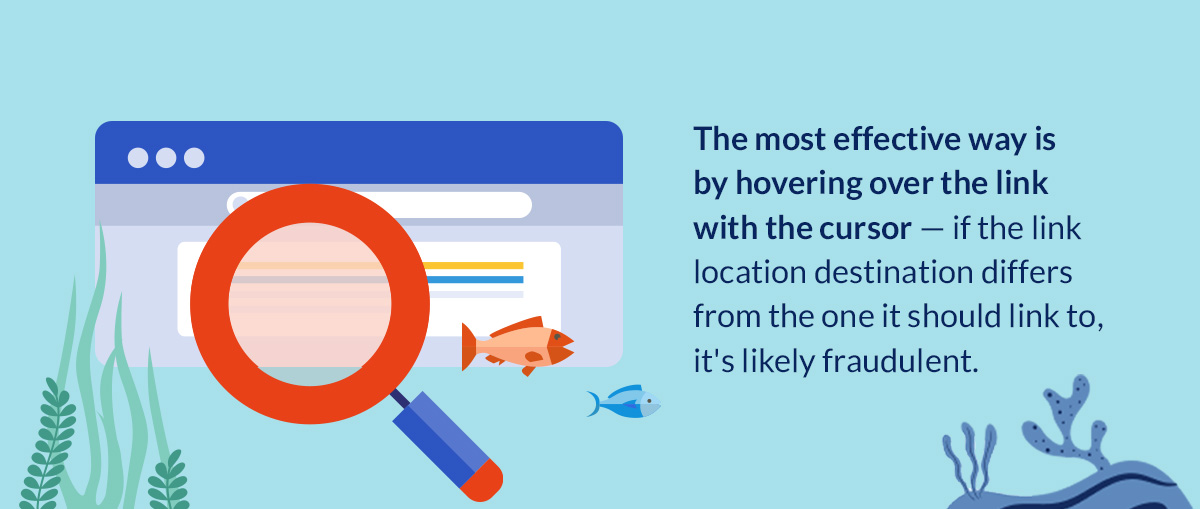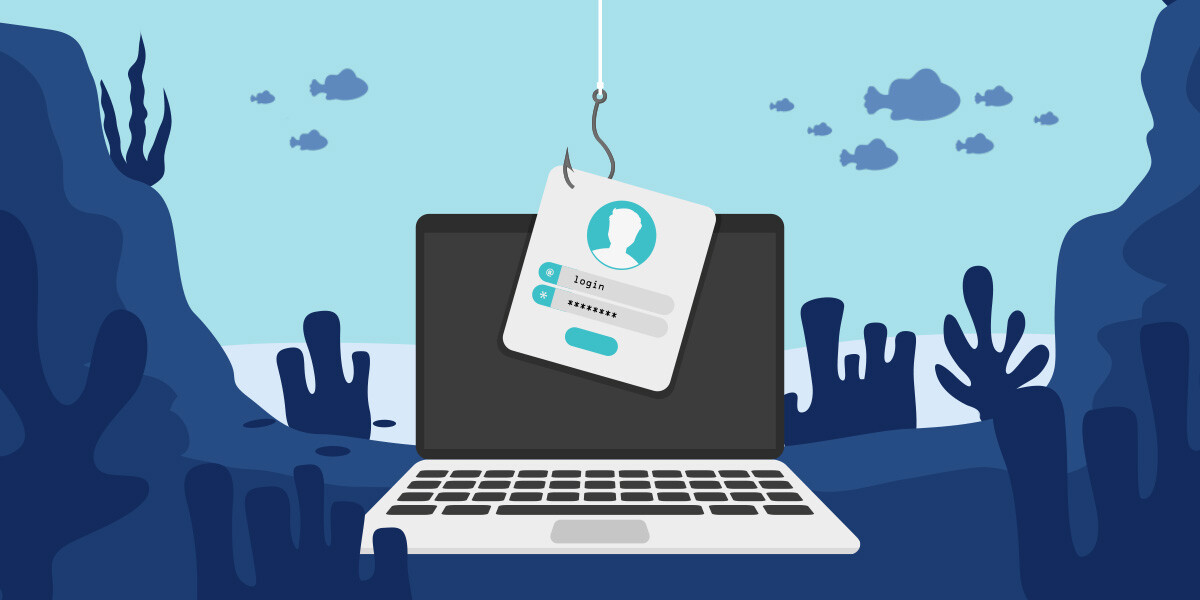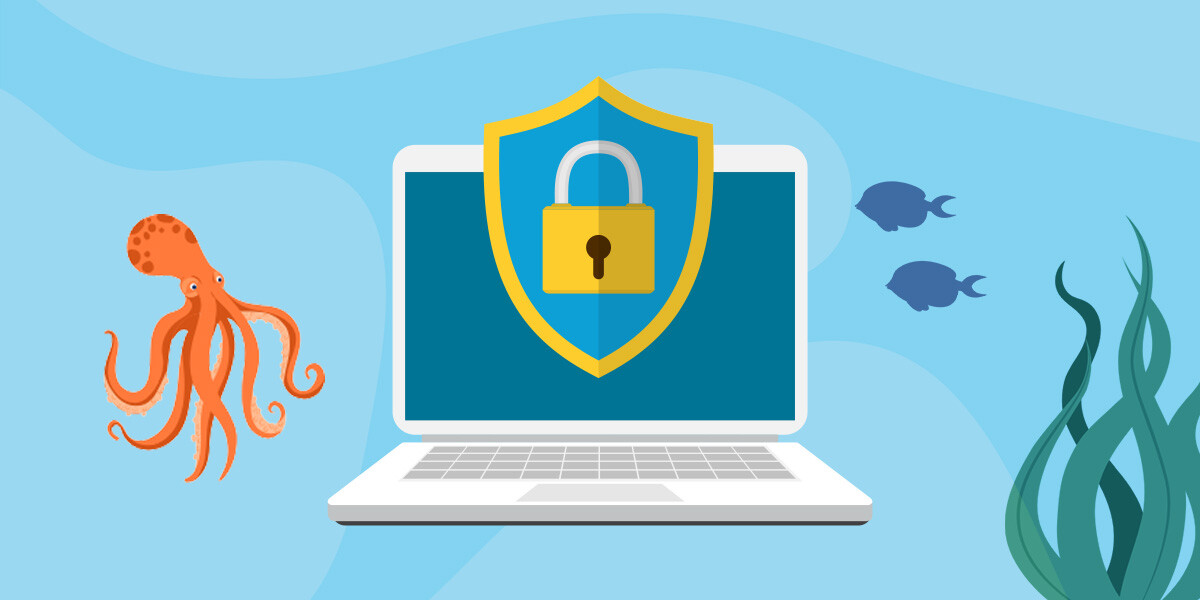


How to Identify a Phishing Email



Emails are one of the easiest communication methods to manipulate because they can be edited and duplicated with minimal effort. Free accounts with limited security prompts are created within seconds, allowing users to generate countless fake ones to defraud unsuspecting victims. With increasing phishing attacks on private individuals and corporate enterprises, it's important to distinguish phishing emails from legitimate ones.
Explore the most common characteristics of phishing emails, prevention tactics, the importance of vigilance and how to implement user awareness training programs to educate employees and individuals at risk.
What Is a Phishing Emai?
Before identifying and detecting phishing emails, one must understand what they are and why they are used. Phishing emails are fake emails that look real to trick users into handing over sensitive information. Cybercriminals impersonate reliable sources in an attempt to gain their trust.
Phishing emails are prevalent in the cyber landscape, with high-profile individuals and organizations targeted daily.
Common Characteristics of Phishing Emails
Knowing how to spot a phishing email is not always easy but it can be identified upon close inspection. They have common characteristics that are often hard to pinpoint but can be detected because of subtle distinctions.
Users often receive hundreds of emails daily so they disregard many. The issue lies with rushing through them without reading the content and paying attention to the finer details. Cybercriminals rely on human error and instinct to execute their malignant plan.
1. Subject Lines With Urgent Requests
A prominent characteristic of phishing emails is that they include subject lines requiring urgent action by the user. A real-world phishing email example many experience involves receiving an email to update your account details for a subscription service to continue. For example, a mobile phone contract provider emails with an important update that your account was unpaid. It may have a call-to-action button for you to click on to update your banking details or your account will remain on hold.
The criminals have studied and mastered ways to replicate legitimate company emails and because you may have received similar ones before, you trust the source as authentic. Clicking the link is quick and convenient, but when you do, they gain access to your updated bank account details.
2. Suspicious Email Content
Suspicious emails are characterized by some or all of the following signifiers:
- Obvious spelling mistakes: Legitimate automated emails do not contain grammatical errors and attachments. Spelling mistakes and poor grammar in emails are immediate red flags.
- Generic greetings: Emails should be addressed to the sender and include their name. Greetings with no name are suspicious, such as “Hi, Dear” or “Dear, followed by a blank space”.
- Strange hyperlinks: Links should be organic and placed appropriately in emails. In phishing emails, they're often used to highlight offers that are too good to be true. They may require clicking to enter a prize draw which seems authentic. However, other signifiers like spelling errors help identify email scams as fake.
- Weird attachment links: Attachment validity is hard to decipher with the naked eye. A best practice is to avoid opening any in a zip file or .docx format sent from an unknown email address or sender. Opening one could download a virus or harmful malware that can damage your computer system and corrupt files. Attackers usually request money for users to regain access or restore their files.
- Unfamiliar or mismatched sender details: Emails with mismatched sender and body details are often phishing attempts. For example, the sender name in the header doesn't correlate with the sign-off name. Or, the sender's email address does not correspond with the company details in the signature body.
Attackers may copy legitimate emails and replace the existing links and attachments with malicious ones. Since the content is real and error-free, it's easy to mistake the links and attachments as authentic. Hovering over them helps determine the source address, which is often long and lacks sense.
3. Email Headers
Email headers hold key information that helps identify the source from which the email is sent. The “From" field should match the “Return-Path” field. If they're mismatched, the email is fake. Checking the sender's IP address is one way to rule out a phishing email. If it doesn't match the email service, it's bogus.
4. Spoofed Email Addresses
Email spoofing involves creating emails with a bogus sender address that resembles an authentic one. An additional letter or period can be overlooked and believed to be the real account. When replying to the sender, a failed delivery message returns or a random recipient receives the email.
Reputable companies sometimes fall victim to spoofing because it is easy to create and use to manipulate victims. With stakeholders in prominent positions, the risk of attackers using spoofed emails to impersonate them increases. Employees in lower-level or financial positions are especially vulnerable to disclosing sensitive information to impersonators who convince them to be their seniors. They usually request authorization for transactions like payments to third parties.
When in doubt, employees should call the superior to confirm the email. If they don't have direct contact, they should ask their manager to call them immediately. This is the safest way to confirm the email's validity and have the direct source disclaim the attackers.
5. Verifying Hyperlinks
It's easy to check suspicious links without clicking on them. The most effective way is by hovering over the link with the cursor — if the link location destination differs from the one it should link to, it's likely fraudulent. URL domains can be edited to seem legit and include hyphens and other symbols usually omitted in authentic URLs. 
Entire numbers lacking letters in domains are also suspicious, as are completely shortened, unfamiliar URLs. Use a search engine to copy the URL link and see where it takes you if you're still in doubt.
6. Recognizing Suspicious Attachments
Similarly, attachments can be checked before clicking on them by hovering over the attachment to view its location source. It may be illegitimate if it's long or contains too many symbols and numbers. Scan the email before opening attachments and look for suspicious content like incorrect spelling.
The name and type of file attachment may indicate its nature, whether suspicious or not. Updated antivirus software should alert you to potential scam emails before opening them.
Prevention Tactics
Prevent being targeted by recognizing phishing attempts in advance. Knowing the signs to look for with thorough awareness and understanding helps mitigate potential losses, whether revealing sensitive information or installing malicious malware through attachments.
User awareness and anti-phishing tools and software are helpful preventative measures.
Importance of User Awareness
User awareness is important because of the human element involved in phishing attacks. Human error is often the main constituent in successful attacks, as threat actors prey on inattentiveness, impatience, and other compromising characteristics. Awareness starts with sufficient training.
MSPs and individuals benefit from hands-on learning experiences that teach them about proper procedures and best practices. Automated, strategic phishing emails are routinely sent to test users based on varying levels as they progress. The first level is the easiest, while the fifth requires consistency in identifying and distinguishing phishing emails.
With real-time exposure to potential threats, users receive feedback on what to do going forward, preventing the same mistakes. A sense of urgency is always essential, especially if users realize they may have failed a test or real attack. Contacting the IT department is the first crucial step in addressing the situation, along with disconnecting from the wifi and changing login details and other sensitive information immediately.
The Role of Anti-Phishing Tools and Software
Appropriate anti-phishing tools and software provide an extra layer of security in case any phishing emails are missed. Identifying risks is easier with these systems that serve as a failsafe in case of human error.
Contact Phin Security for Phishing Awareness Training
Maintaining constant awareness and vigilance are proactive steps to prevent phishing attacks. This is achieved through effective cyber security training to identify phishing emails and other attempts at breaching security. Partnering with Phin Security provides peace of mind, knowing your employees are constantly trained to identify and prevent phishing attacks.
To learn more about our services, complete a contract request form or start a free trial.







Leave a comment: